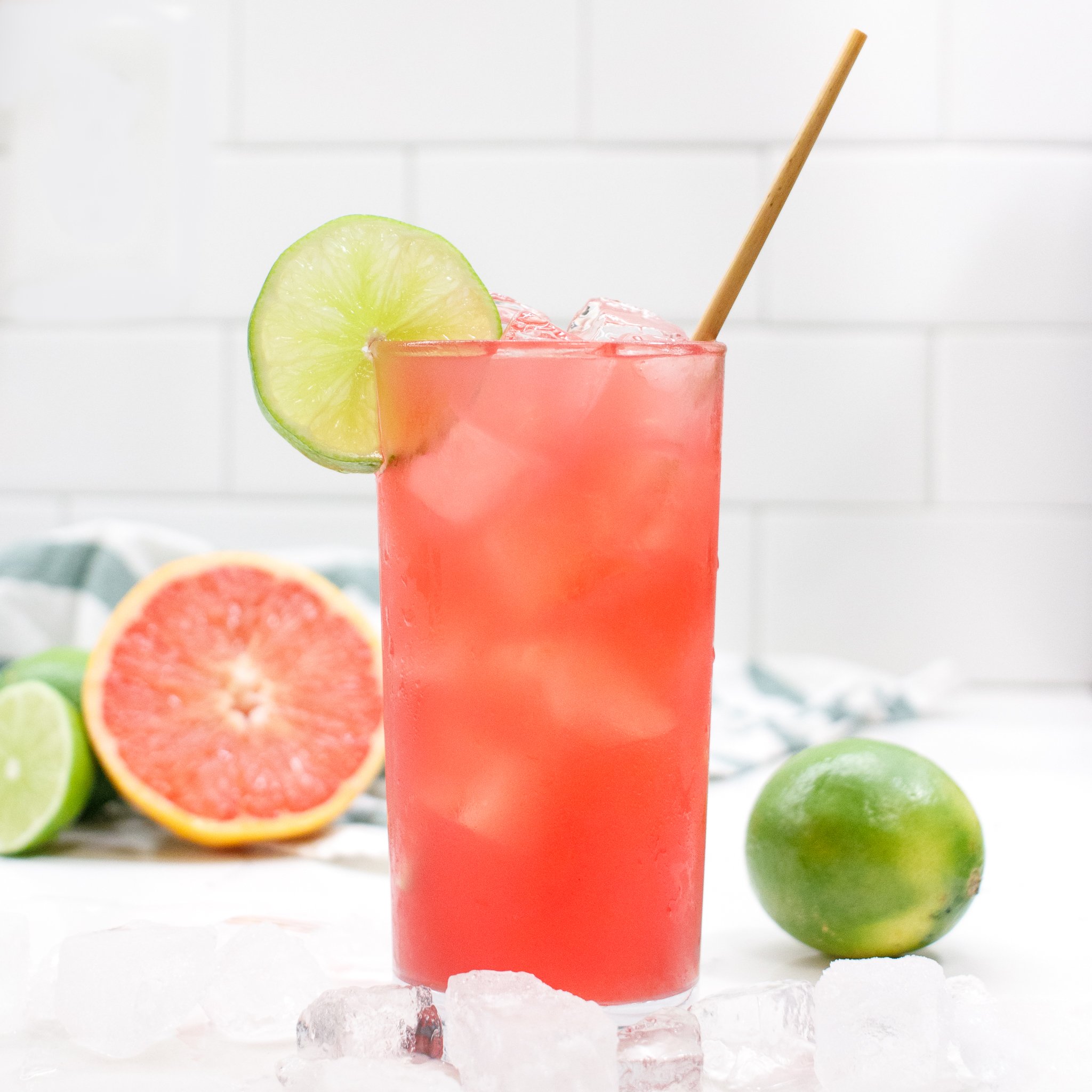2 oz Vodka
4 oz Grapefruit Juice (pink is sweeter and prettier)
Lemon or grapefruit twist
Pour the vodka and grapefruit juice into an old-fashioned glass over ice and stir to combine and chill. Garnish with a twist if desired.
We know that the first published recipe for a cocktail made with grapefruit juice similar to the greyhound was in 1930 in Harry Craddock’s Savoy Cocktail Book. This recipe wasn’t called a greyhound though, and it was made with gin, not vodka. It wasn’t until 1945 that Harper’s magazine finally published a recipe for a Greyhound made with vodka.
As it turns out, the Greyhound bus line used to own a chain of restaurants called Greyhound Post House that were located in their bus terminals so people could eat during their travels without having to leave the bus station. When Harper’s published their Greyhound recipe in 1945, they wrote that the recipe was popular in the Post House Restaurants and that’s why they called the cocktail a greyhound. Who knew this delicious classic was named after a bus line?
In the following decades, greyhounds remained popular, thanks largely to vodka marketing dollars. In the 1960s, most Vodka brands had Russian sounding names, and they were worried about public perception during the cold war, so they put a ton of money into marketing and PR to help people forget the Russian ties. A large part of their marketing was finding recipes that were super simple and easy to make at home with just a handful of ingredients, which is part of the reason the Greyhound remains such a classic even to this day.


